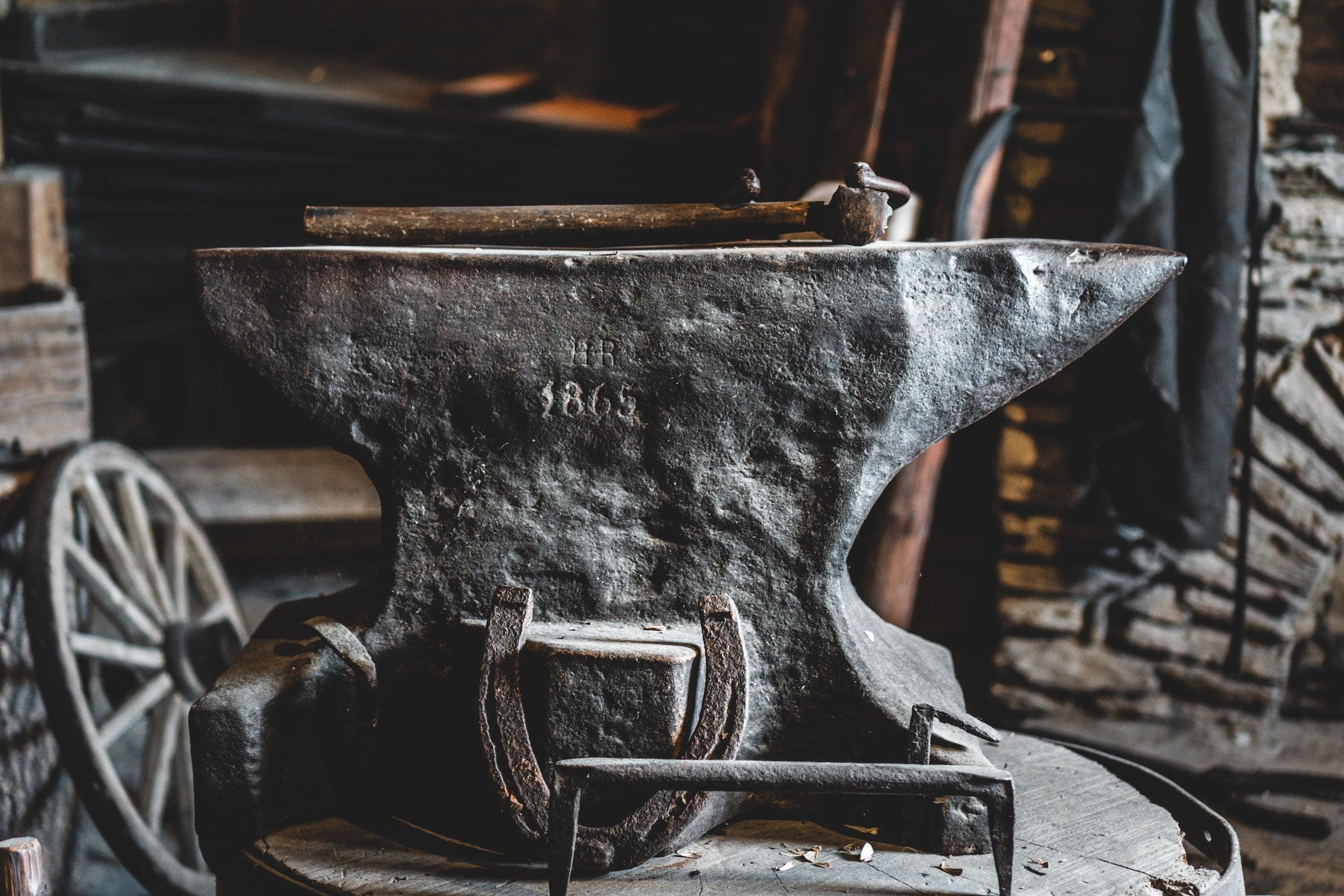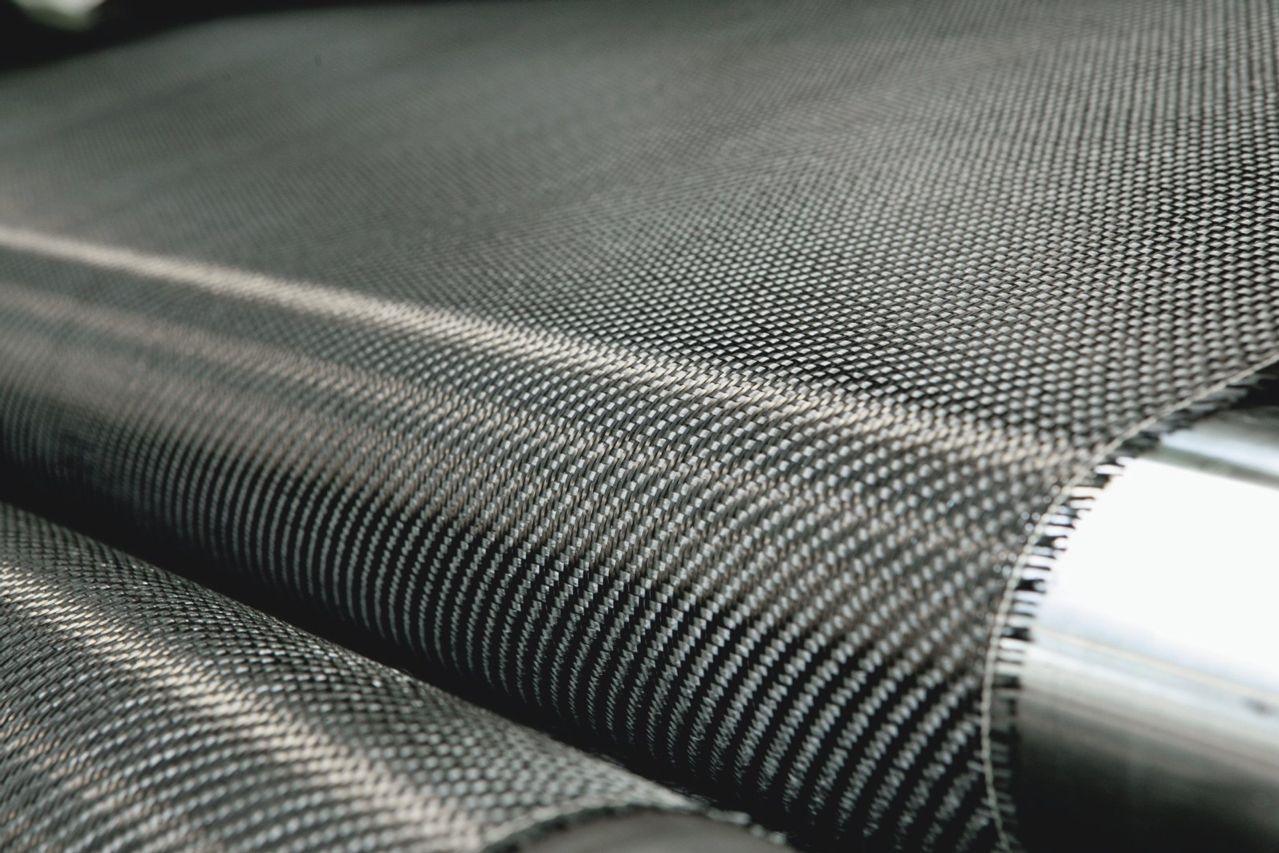Just cleaned my first deer with the Woodsman and to say I was blown away is an understatement. Sharp and precise cuts made cleaning the doe easier than ever. My Pops was even impressed.
This knife is the perfect tool for an EDC carry. Small enough to pocket carrying, but also big enough to belt carry. I live in a state where you cannot have a fixed blade in pocket. All blades must be on the belt in a sheath attached to your waist. Even with it small size, it looks good. Love how thick the blade steel. You never have to worry about damaging the knife with hard use. Highly recommend this knife.
Well made , promptly received , and they give God some cred . He runs the show !!!
Some knives take awhile to settle in as you use them and get familiar with carrying them around. For me, the Revelation became my EDC go to right off the bat. The Wharncliffe blade is killer sharp and is a cutting machine. The satin finish on the blade is just plain beautiful as is the red G10 handles. The Revelation rides high and tight on my belt in the rattle free kydex sheath too. I carry this knife everywhere I go. I also bought a Revelation for my grandson in Pop’s Pro Cut with the new Rainstorm finish. That knife is a piece of fine American built craftsmanship as well. Thank you Dawson Crew. Well done! God Bless you guys.
Dawson knives are made with top grade materials and are the best on the market! The smuggler is an awesome knife and comes with a very well made carbon fiber kydex sheath. Without a doubt this was a great purchase
I’m very impressed with the quality and design of this knife. The blade is thick, sturdy hunk of procut that tapers down to a shaving sharp edge. The handle fits my medium sized hands nicely and has a groove for the index finger, making it very easy to handle.




















